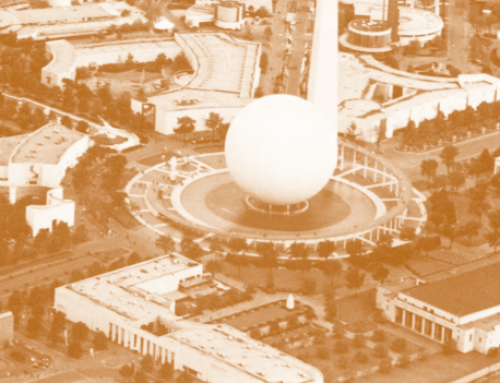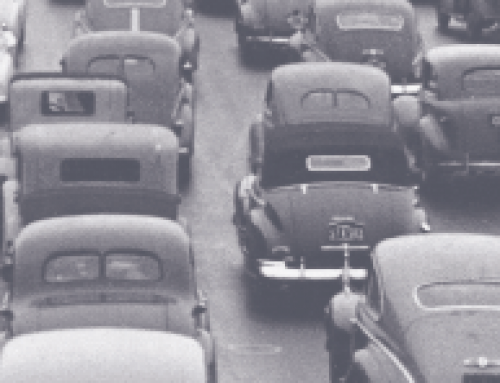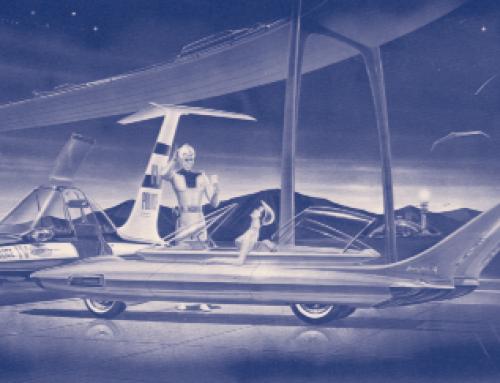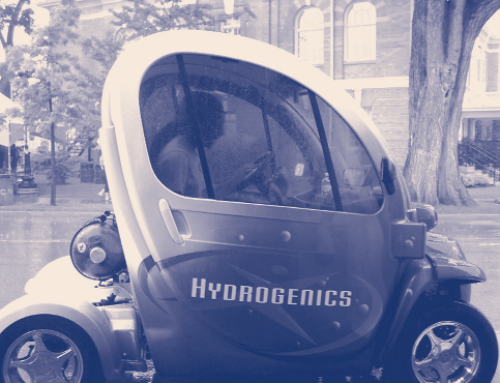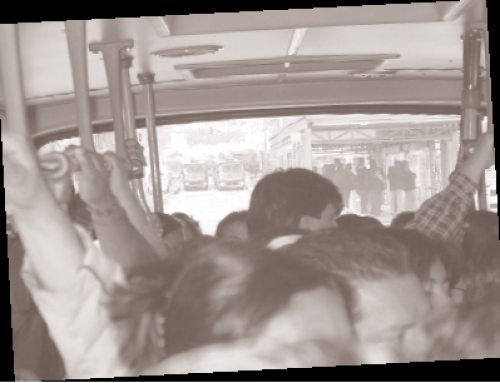The study of travel behavior attempts to understand why, when, where, how, and with whom people travel. It then tries to predict how they will travel in the future. Predictions depend on the design and operation of future transportation systems and on changes in population characteristics. Thus, they are useful tools when choosing among alternative designs for future transportation services and sizing facilities to meet future demands.
 Models, generally mathematical, are means for representing past and future behaviors. It’s encouraging to view the accomplishments of travel behavior modeling over the last thirty years and to look ahead to future developments. Thirty years ago I was immersed in doctoral studies and my student and faculty colleagues were intensely involved in travel-behavior research. It was a period of great excitement for us. We argued about potential enhancements to our models, knowing that many could not be implemented because of conceptual and computational challenges that were then beyond the profession’s capabilities. This did not stop us from envisioning the possibilities.
Models, generally mathematical, are means for representing past and future behaviors. It’s encouraging to view the accomplishments of travel behavior modeling over the last thirty years and to look ahead to future developments. Thirty years ago I was immersed in doctoral studies and my student and faculty colleagues were intensely involved in travel-behavior research. It was a period of great excitement for us. We argued about potential enhancements to our models, knowing that many could not be implemented because of conceptual and computational challenges that were then beyond the profession’s capabilities. This did not stop us from envisioning the possibilities.
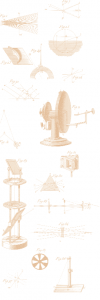 The same phenomenon was a daily part of my academic experience during my years on the faculty at Northwestern University. Students, faculty, and practitioners were generating brilliant ideas about model development, but only some could be implemented with then-available methods. The field has come a long way in this time; once-impossible ideas for refining travel behavior models are now used routinely or are being tested for implementation. It’s a testament to the creativity and commitment of numerous researchers and practitioners that many of those early ideas about models have become standard tools of research or practice.
The same phenomenon was a daily part of my academic experience during my years on the faculty at Northwestern University. Students, faculty, and practitioners were generating brilliant ideas about model development, but only some could be implemented with then-available methods. The field has come a long way in this time; once-impossible ideas for refining travel behavior models are now used routinely or are being tested for implementation. It’s a testament to the creativity and commitment of numerous researchers and practitioners that many of those early ideas about models have become standard tools of research or practice.
These developments were supported by major conceptual advances in understanding human behavior and by enhanced methods of model formulation and estimation. Current travel behavior models can trace the effects of travel over time and recognize relationships among activities (i.e., multiple stops for different purposes made in one trip from home) and individuals (i.e., interactions among household members). Advanced geographic coding of locations, new simulation methods, and computation efficiency have all contributed to making these improvements possible.
The most advanced—activity-based models—can account for interactions among household members concerning travel purposes, modes, and destinations, as well as temporal effects such as peak-period traffic, and can provide better understanding of the complexity of human travel behavior. Person movements throughout the course of the day are simulated by accounting for traveler responses to changing conditions. Contemporary models reflect the importance of land use changes and incorporate interactions between land use and transportation. Finally, developments in choice modeling, activity-based analysis, dynamic traffic assignment, and land use modeling have been linked and applied in a variety of realistic contexts.
Major research progress has been fueled by the inherent curiosity of researchers and practitioners, each trying to improve understanding of real-world systems and find new ways to represent underlying behavioral relationships in models. Then, too, there has been a demand on the part of both decision-makers and planners to understand the implications of investment and operating decisions. Yet, much still needs to be done to enhance, extend, validate, and integrate developments of the last thirty years. One critical need is to make the models and predictions more understandable to practitioners and the public leaders responsible for financing and implementing new systems.
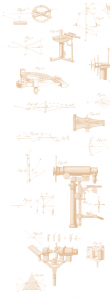 This will call for sustained efforts to promote further progress in years ahead, including:
This will call for sustained efforts to promote further progress in years ahead, including:
- Developing an integrated system of models that builds on advances in knowledge about human decision-making, development patterns, and transportation system operations.
- Developing and applying techniques to evaluate and validate model performance over time. Such validation must take into account historical observations, reasonableness of predictions, and sensitivity to transportation and land use decisions as well as changes in society and the economy.
- Extending data-collection procedures to include detailed measures of transportation system utilization and performance over a range of time for a large sample of households, transport facilities, and land areas during various time periods.
- Developing institutional support at the federal, state, and local levels to provide funding for research, training of transportation planners and engineers, and adoption and use of advanced models in planning departments.
- Developing techniques for summarizing critical measures of effectiveness so that nontechnical citizens and decision makers can understand and interpret the results of analysis.
Meeting these challenges will require considerable financial and intellectual investment. I expect that the continuing curiosity of researchers and practitioners, as well as the desire for improved decision-making support, will provide the resources to make equally impressive contributions to knowledge and to travel modeling over the next thirty years. Those advances in modeling will support improved transportation system design and more efficient investments in transportation facilities, resulting in faster and easier travel for the growing population of the United States and the rest of the world.
Further Readings
Chandra R. Bhat and Frank S. Koppelman, “A Retrospective and Prospective Survey of Time-Use Research,” Transportation, vol. 26, no. 2, 1999.
Chandra R. Bhat and Frank S. Koppelman, “Activity-Based Modeling of Travel Demand,” in Handbook of Transportation Science, ed. Randolph W. Hall (Kluwer Academic Publishers, 1999).
Chieh-Hua Wen and Frank S. Koppelman, “A Conceptual and Methodological Framework for the Generation of Activity-Travel Patterns,” Transportation, vol. 27, no. 1, 2000.
John P. Gliebe and Frank S. Koppelman, “A Model of Joint Activity Participation,” Transportation, vol. 29, no. 1, 2002.
Frank S. Koppelman and Vaneet Sethi, “Closed Form Logit Models,” and Chandra R. Bhat, “Flexible Model Structures for Discrete Choice Analysis,” Handbook of Transport Modeling, eds. David A. Hensher and Kenneth J. Button (Oxford: Pergamon Press, 2000).


